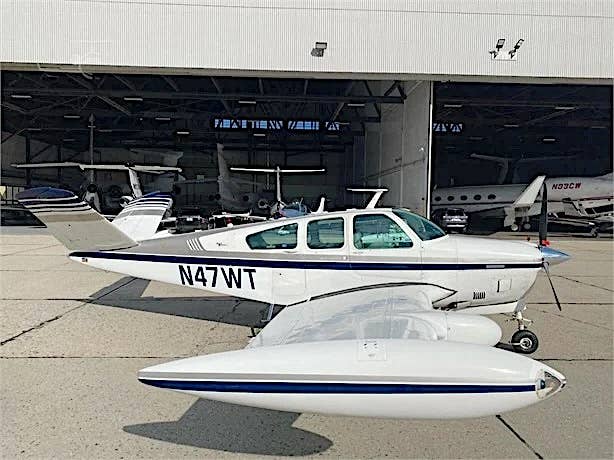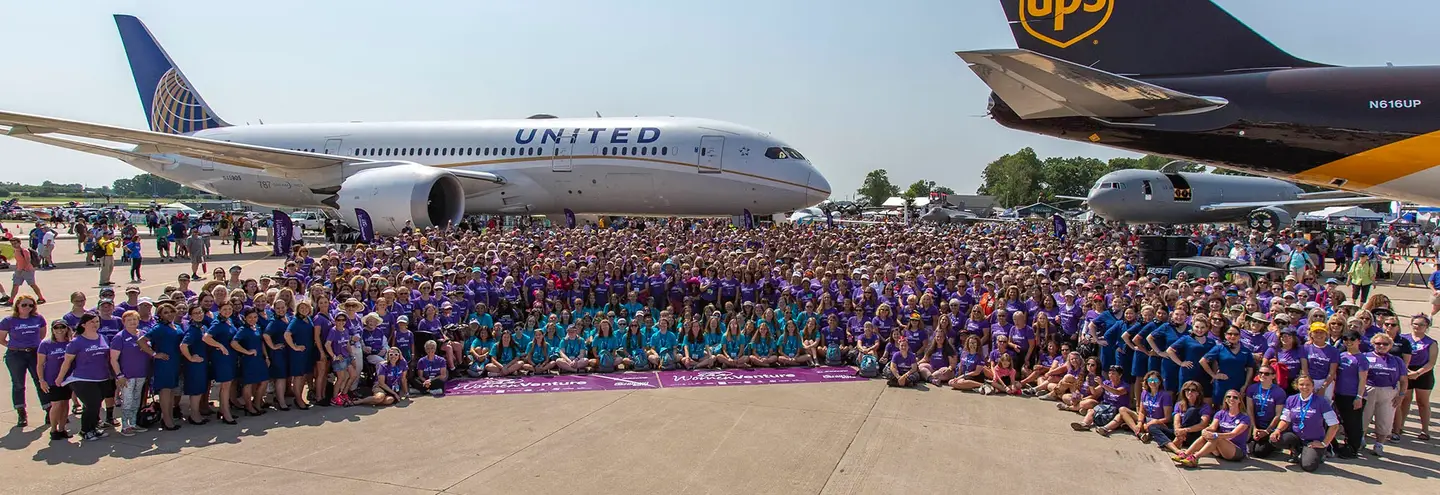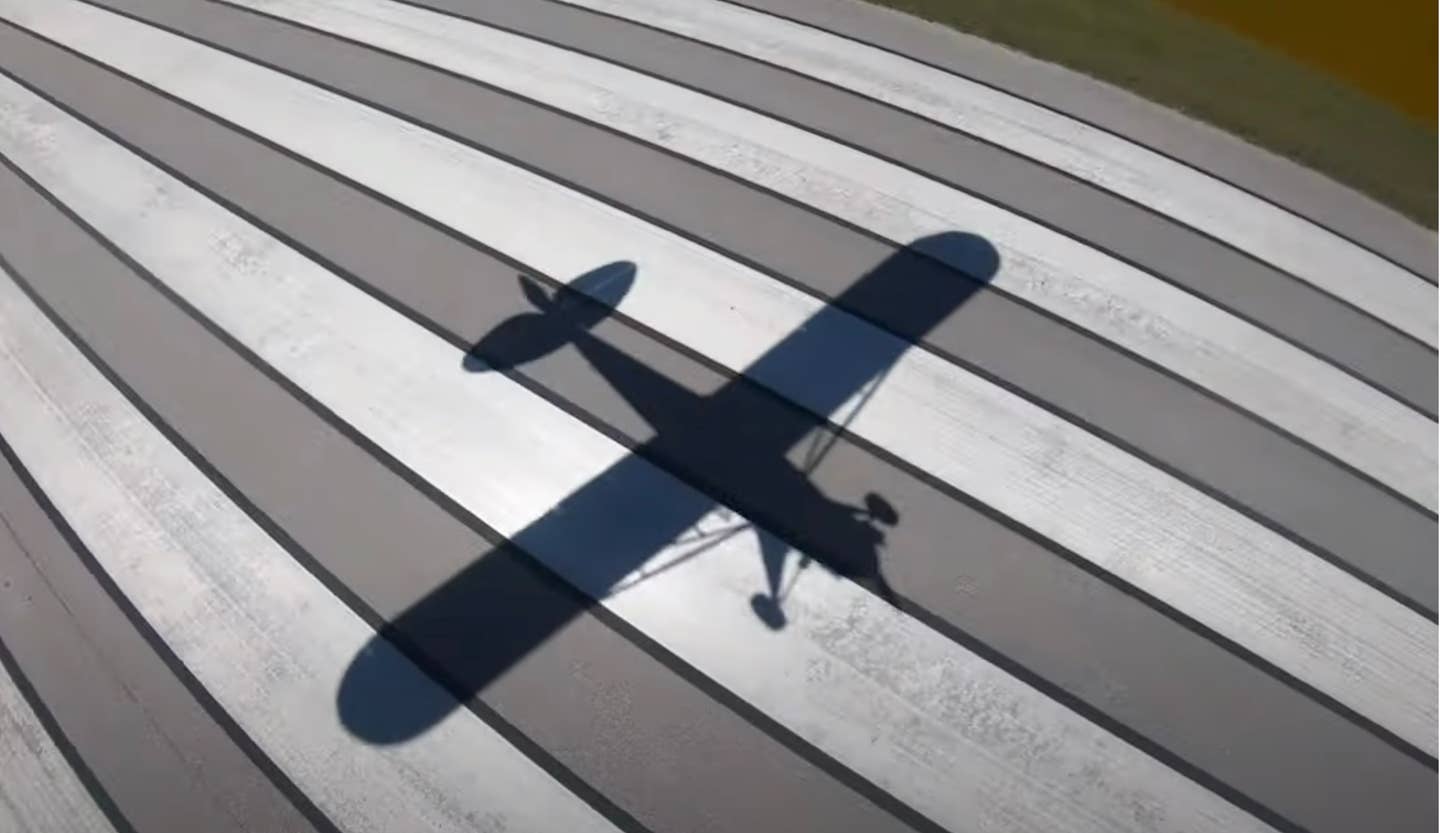Blog: V-Tail Myths And The Truth, As We Know It, So Far
Last week’s tragic Bonanza crash featured two elements that reinforced long-standing stereotypes – which may or may not apply here. We just don’t know, yet.

As the former owner of a vintage V-tail Bonanza, I always pay attention when one of them crashes. Last week’s tragedy in Tennessee drew particularly wide interest for two reasons. It involved an in-flight breakup, and the pilot was a doctor. Both invoke traditional assumptions about V-tails, and even vintage Bonanza lovers like me acknowledge there is at least a grain or two of truth in each.
Starting with the structural failure: Contrary to the legend, in most Bonanza breakups, the V-tail doesn’t fall off. As with a large percentage of in-flight breakups involving high-performance aircraft, they most often involve wing-spar failure. That is consistent with this accident, in that witnesses reported seeing the airplane descending with both wings folded up before impact. This is often the result of the aircraft picking up excessive airspeed as a result of pilot disorientation in instrument meteorological conditions (IMC), followed by an abrupt pitch-up after exiting the bottom of the cloud.
When I first learned to fly my 1954 E-35 and read John Eckalbar’s excellent book “Flying the Beech Bonanza,” I resolved that if I ever got myself into a situation where I felt vulnerable to disorientation in cloud, I would drop the landing gear. A Bonanza in clean, cruise configuration picks up speed quickly when the nose drops (that is also true of later “conventional-tail” Debonairs). With the gear down, however, a V-tail Bonanza is surprisingly stable and docile (I was amazed to find it easier to land than my Grumman AA1-B), and it virtually cannot accelerate to dangerous airspeeds.
Of course, sitting by the fire reading the book and resolving to lower the gear—and actually doing it under stress—are two different things. Fortunately, I never found myself in the position to make that decision.
The pilot of the accident airplane being a physician has rekindled a lurid stereotypical expression involving V-tail Bonanzas. In the early days of the Bonanza (it first appeared in 1947), there was a rash of highly publicized accidents involving well-heeled professionals with more money than flying experience or skill. In the meantime, there have come along multiple opportunities to acquire the training and experience necessary to fly a Bonanza in safety. The American Bonanza Society is a landmark example. But that doesn’t stop the damning comments from keyboard commandos.
As I write this, there is much we still do not know about this accident, including information on the pilot’s experience level and training. He registered N47WT, a radar- and tip-tank-equipped 1966 V-35, in January. Photos appear to show a well-maintained example of an early Bonanza with sophisticated, modern upgrades.
No information has come out yet about what aircraft the pilot may have owned previously, if any, nor any word on what transition training he may have received. His biography on his practice’s website makes note of his passion for aviation. There has been no information to date on what avionics and autopilot might have been installed. Also, other than mention in reports of “minor” convective activity in the area, not much information is available on weather, including bottoms of the clouds, which could be an important factor.
Those are the things we don’t know. What we do know (according to data posted on FlightAware and recorded ATC communications) is that the flight departed on May 15 just before 10:00 a.m. local time from Gonzales, Louisiana (KREG), bound for Louisville, Kentucky. The pilot’s adult twin son and daughter were on board and also died in the tragic crash.
Presumably, the pilot was flying on an instrument flight plan, as the flight maintained a cruise altitude of 7,000 feet (and ADS-B groundspeed of 125 to 130 knots) until about 12:53 p.m. local time, roughly three hours into the flight. The Bonanza then initiated a climb, apparently cleared to 9,000 feet, but topping at close to 10,000 feet.
Before then, at about 12:45, the aircraft began to deviate from its 30-degree northeast on-course heading as far left as 15 degrees. Air traffic control tapes reveal the enroute controller called out the heading and altitude deviations and instructed the pilot to correct course, and, twice, to descend to 9,000 feet, which the pilot acknowledged both times with “descending to 9,000.”
Less than three minutes later, the Bonanza was at 7,800 feet descending at 4,000 feet per minute on a heading of 154 degrees and an ADS-B-derived groundspeed of 188 knots. Never exceed speed (Vne) for the V-35 is 192 knots. FlightAware data stopped at that point. Radar contact was lost some 3,500 feet lower, airspeed and rate of descent not known, but presumably at a significant increase.
This all unraveled quickly. It was roughly seven minutes from the initial climb (we don’t have information on when or why he was assigned 9,000 feet) to the final steep descent and crash. In between were corrections assigned by ATC for heading and altitude.
Speaking to the grain of truth regarding buyers of expensive airplanes, it is factual that there are aircraft owners who are able to write checks for aircraft that can be beyond their capabilities in certain circumstances. It’s too early to conclude that was the case here. As to their vulnerability to breaking up, the V-tail Bonanza is a marvel of performance and efficiency for its time—and remains so today. Specific risks exist, but they are well known. For example, since the main tanks sit forward of the center of balance on my airplane, I was acutely aware that it was possible to “burn” myself out of its aft center-of-gravity limits if I wasn’t careful with fuel management. It’s an airplane that has to be flown with care in IMC.
As for the landing-gear strategy, there is an element there of the same mindset involved in pulling a ballistic parachute. Extending the gear at excessive airspeeds can cause damage. My earlier Bonanza had an inconveniently low gear-extension speed, around 135 knots (as I recall). The V-35 in this situation had a gear-extension speed limit of 142 to 150 knots, which was still significantly lower than what the pilot would have seen on his airspeed indicator as things started to get out of control. But the risk of extending the gear while going too fast is limited to ripping off the gear doors—expensive, but not life-threatening and possibly lifesaving.






